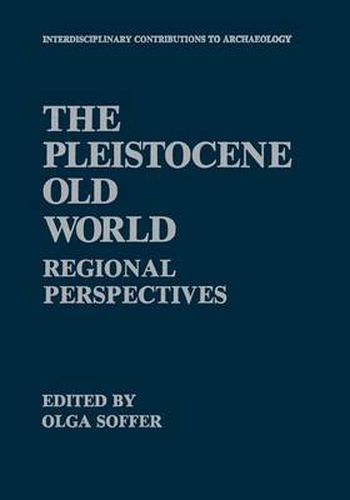Readings Newsletter
Become a Readings Member to make your shopping experience even easier.
Sign in or sign up for free!
You’re not far away from qualifying for FREE standard shipping within Australia
You’ve qualified for FREE standard shipping within Australia
The cart is loading…






This title is printed to order. This book may have been self-published. If so, we cannot guarantee the quality of the content. In the main most books will have gone through the editing process however some may not. We therefore suggest that you be aware of this before ordering this book. If in doubt check either the author or publisher’s details as we are unable to accept any returns unless they are faulty. Please contact us if you have any questions.
Regional approaches to past human adaptations have generated much new knowledge and understanding. Researchers working on problems of adaptations in the Holocene, from those of simple hunter-gatherers to those of complex sociopolitical entities like the state, have found this approach suitable for comprehension of both ecological and social aspects of human behavior. This research focus has, however, until recently left virtually un touched a major spatial and temporaI segment of prehistory-the Old World during the Pleistocene. Extant literature on this period, by and large, presents either detailed site speeific accounts or offers continental or even global syntheses that tend to compile site speeific information but do not integrate it into whole c~nstructs of funetioning so ciocuhural entities. This volume presents our current state of knowledge about a variety of regional adaptations that charaeterized prehistoric groups in the Old World before 10,000 B. P. The authors of the chapters consider the behavior of humans rather than that of objects or features and present data and models for variaus aspects of past cultures and for culture change. These presentations integrate findings and understandings derived from a number of related disciplines actively involved in researching the past. Data and interpretations are offered on a range of Old \yorld regions during the PaIeolithic, induding Africa, Asia, Australia, and Europe, and chronological coverage spans from the Early to Late PIeisto cene.
$9.00 standard shipping within Australia
FREE standard shipping within Australia for orders over $100.00
Express & International shipping calculated at checkout
This title is printed to order. This book may have been self-published. If so, we cannot guarantee the quality of the content. In the main most books will have gone through the editing process however some may not. We therefore suggest that you be aware of this before ordering this book. If in doubt check either the author or publisher’s details as we are unable to accept any returns unless they are faulty. Please contact us if you have any questions.
Regional approaches to past human adaptations have generated much new knowledge and understanding. Researchers working on problems of adaptations in the Holocene, from those of simple hunter-gatherers to those of complex sociopolitical entities like the state, have found this approach suitable for comprehension of both ecological and social aspects of human behavior. This research focus has, however, until recently left virtually un touched a major spatial and temporaI segment of prehistory-the Old World during the Pleistocene. Extant literature on this period, by and large, presents either detailed site speeific accounts or offers continental or even global syntheses that tend to compile site speeific information but do not integrate it into whole c~nstructs of funetioning so ciocuhural entities. This volume presents our current state of knowledge about a variety of regional adaptations that charaeterized prehistoric groups in the Old World before 10,000 B. P. The authors of the chapters consider the behavior of humans rather than that of objects or features and present data and models for variaus aspects of past cultures and for culture change. These presentations integrate findings and understandings derived from a number of related disciplines actively involved in researching the past. Data and interpretations are offered on a range of Old \yorld regions during the PaIeolithic, induding Africa, Asia, Australia, and Europe, and chronological coverage spans from the Early to Late PIeisto cene.